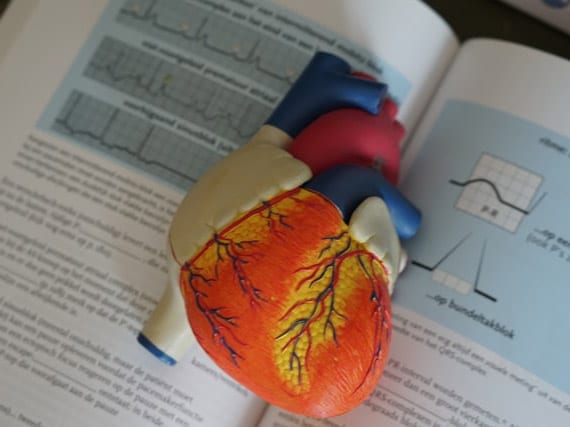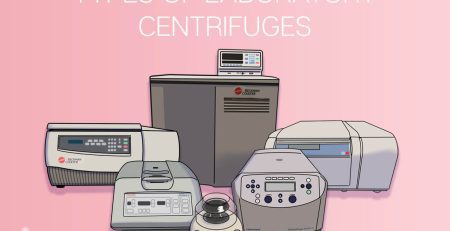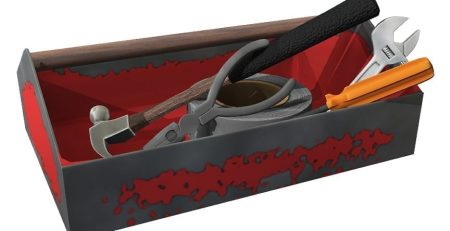Aerospace Engineering Tools Used by Boston Children’s Heart Center on Enlarged Atrium
Dassault Systemes, a multinational 3D design and engineering software company, may not be the first company to come to mind when you think of a collaborative partner for a children’s hospital, but according to David Hoganson, MD, assistant in Cardiac Surgery at Boston Children’s Heart Center, they’ve been collaborating for years to plan complex operations, so when an 18-year-old patient presented at Boston Children’s Heart Center with an enlarged right atrium that made the flow through his Fontan circulation inefficient, Hoganson already had the perfect tool in mind.
“When this patient came up, we were already well down the path of developing a process to make aortic patches prospectively designed to fit kids perfectly,” Hoganson said in a statement. So when we determined he needed a cuff, which has complex curvature similar to the aorta patches, we realized we had the tools and expertise to create it.”
After running a series of computer simulations of the surgical procedure, Hoganson reached back out to his partners at Dassault to help translate the specific shape of the cuff that was necessary to correct the patient’s Fontan circulation issue. “With assistance from one of their aerospace engineers, Hoganson and his team used a very complex software developed for airplane wing engineering to ‘unfold’ the cuff on the computer and generate the shape necessary to recreate the cuff from a patch material.”
“It was only possible because Dassault had developed this tool that involved highly complex math that designed how to patch wings using the stretchiness of the mechanical properties of the wing patch materials, which we could then use to incorporate the stretchiness of the aortic patch materials. We were grateful that they were willing to share this software and their expertise with us,” Hoganson said.
Moving forward, Hoganson hopes to work toward applying this same workflow to other more routine surgeries. “Our team was recently funded to apply this technology to aortic patients in a clinical trial,” Hoganson said. “Our plan is start with lower-risk arch patients and progressively apply to more complex arch patients. As time goes on, we’ll do more cases using these new tools, while continuing to come up with creative solutions for patients who have more uncommon issues.”














